A small-scale prototype of the boat has been built to test and tweak the concept before spending a lot more time building the bigger boat for extreme ocean conditions. It's a close copy of the final design with the same hardware and navigation software. Here's the build progress.
Carbon Fiber Hull
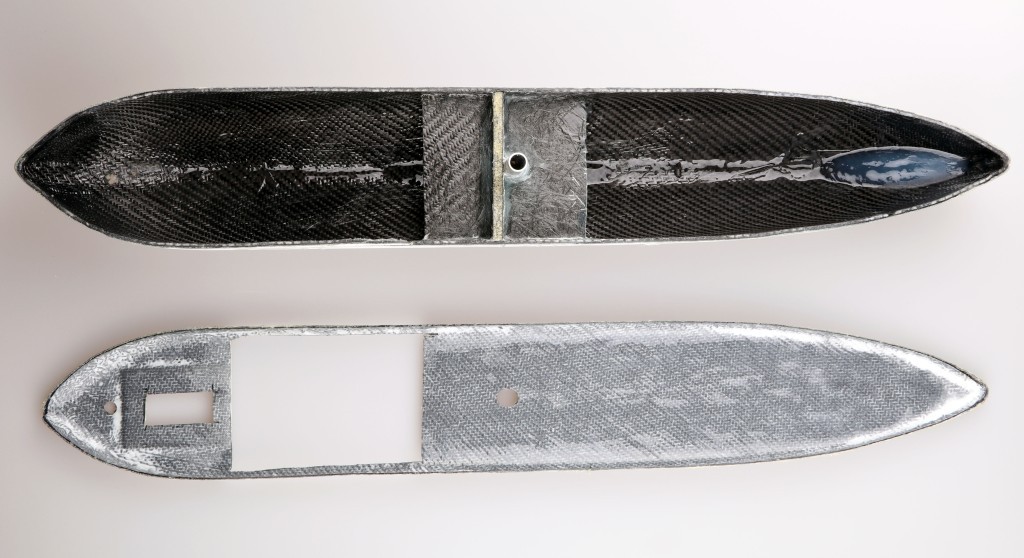
Different techniques were evaluated to build these two carbon fiber parts. I will give more details when building the ocean-going boat.
Filling with Foam
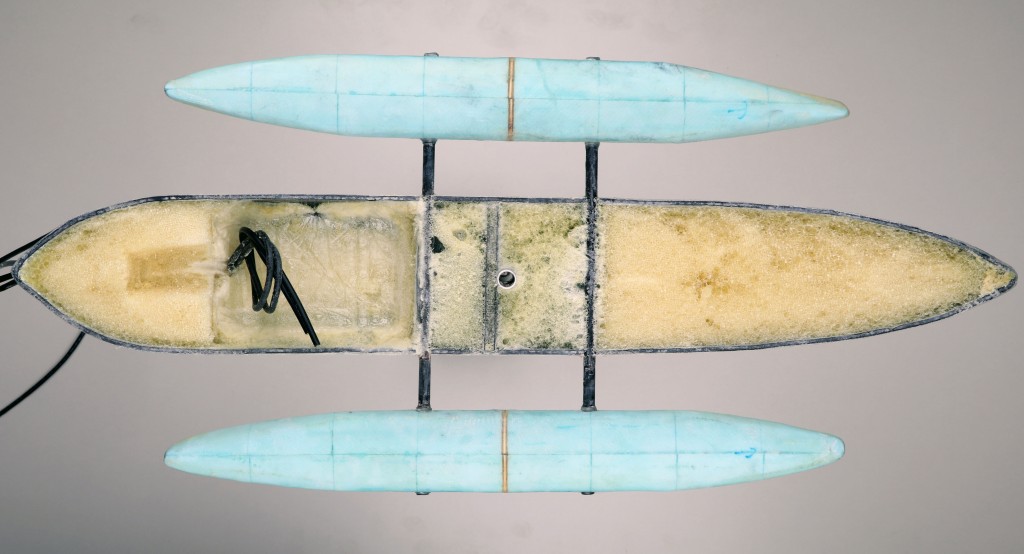
The hull has been filled with a closed-cell polyurethane foam. The side floats were made from XPS foam wrapped with fiberglass.
Joining and Painting

The two parts of the hull were joined using a Kevlar tape and painted with a special antifouling paint. This kind of paint doesn't give as smooth finish as a gelcoat or normal paint, but it prevents subaquatic organisms from attaching to the hull.
Rudder

The rudder is made from carbon fiber, Kevlar and a steel rod.
Keel
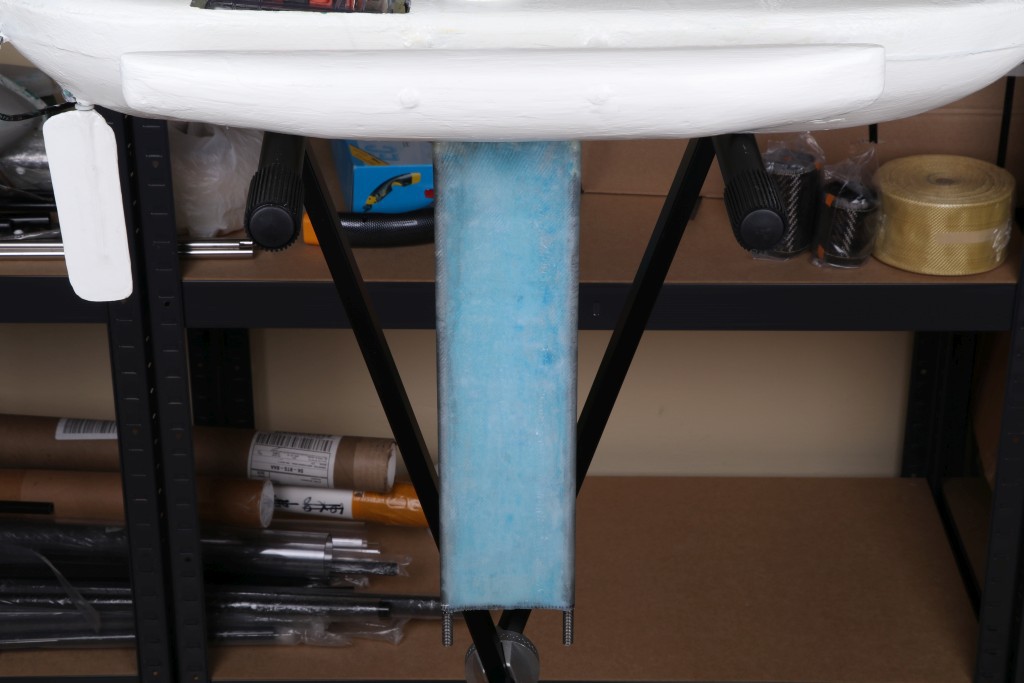
The keel is made from two threaded rods and a foam wrapped with fiberglass. Finally, the foam was dissolved with acetone to decrease buoyancy.
Bulb
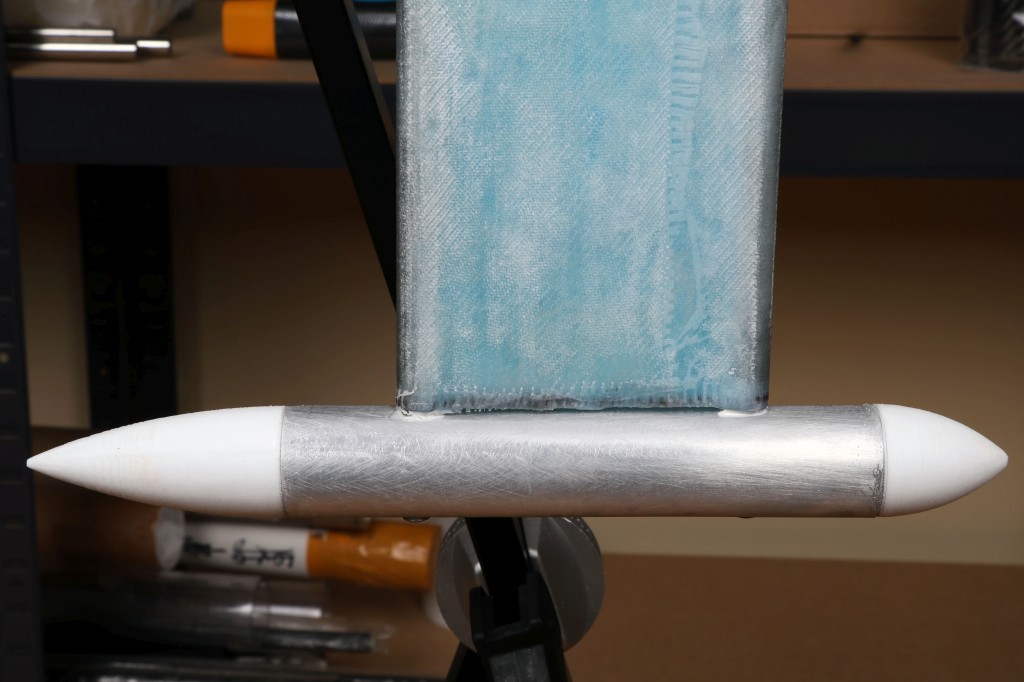
The “bulb” is made from aluminum tube filled with lead and two 3D-printed plastic parts.
Servo, GPS, Electronics Housing

Electronics

The battery provides enough power for 8 hours of continuous operation.
Wingsail

The wingsail is made from a foam wrapped with carbon fiber. This kind of sail works much like an airplane wing – it automatically maintains an effective angle of attack using the small "tail" behind the large wing. This concept is inspired by experimental work found on www.sailwings.net.
Finished Boat
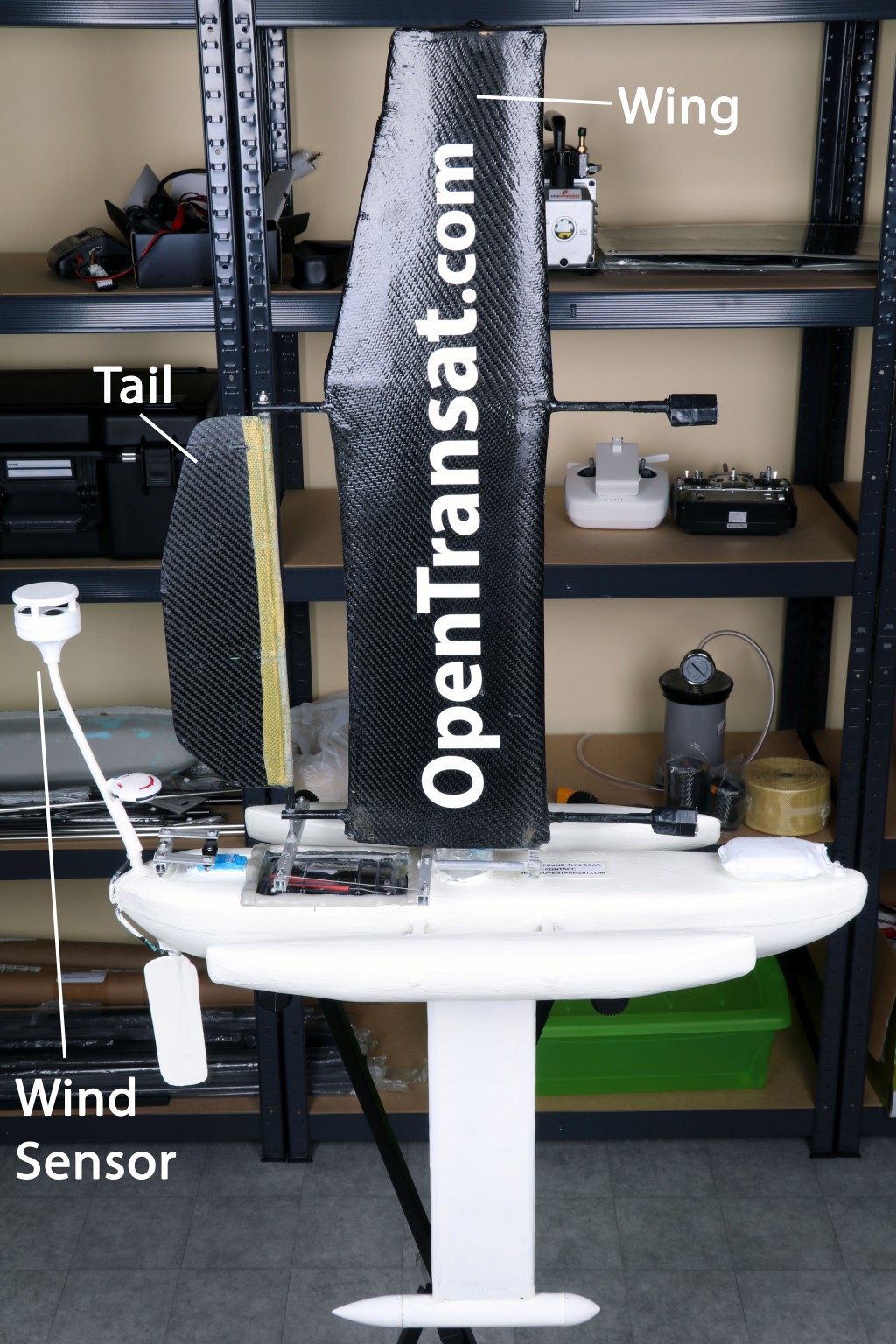
 Andy Osusky
Andy Osusky
Discussions
Become a Hackaday.io Member
Create an account to leave a comment. Already have an account? Log In.